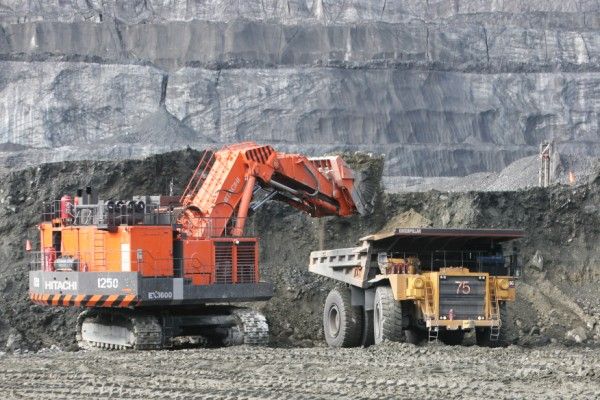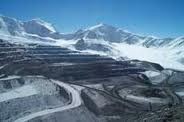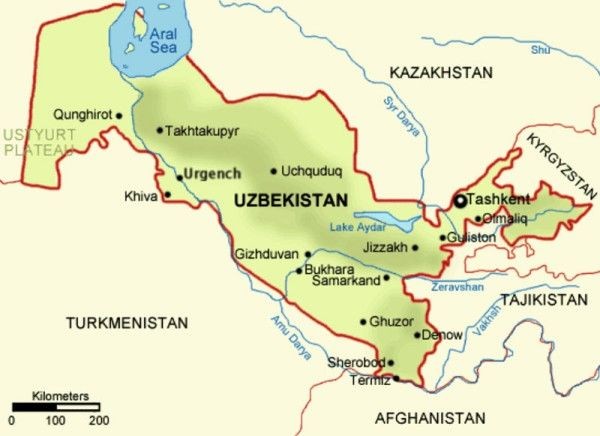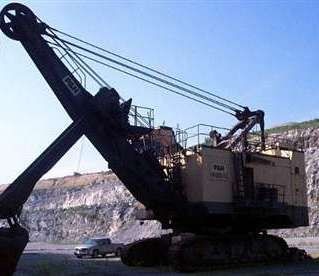BISHKEK (TCA) — The Kyrgyz government has sent mixed signals that it may once again review its agreements with Canada’s Centerra Gold over Kumtor gold mine — a move that will in no way improve the country’s investment climate. We are republishing this article on the issue, written by George Voloshin, originally published by The Jamestown Foundation’s Eurasia Daily Monitor: In mid-July, Kyrgyzstan’s capital of Bishkek hosted a roundtable dedicated to the future of the Kumtor Gold Mine, one of the largest gold deposits in the world. According to Kumtor Gold Co., a wholly-owned subsidiary of Canada’s Centerra Gold, which operates the mine, the deposit contributed over 21 percent of Kyrgyzstan’s industrial output and approximately 9.7 percent of its gross domestic product (GDP) last year. The company states that it has channeled almost $3.5 billion to the Kyrgyzstani budget since 1994, including more than $1 billion in various taxes, customs duties and other mandatory charges. Yet, it is widely believed domestically that the local government has been continuously misled by the Canadian investor (Kumtor.kg, July 24; Pikir-klub.kg, July 18). The roundtable took place at the government’s initiative but was not attended by either ministers or members of parliament. Instead, it drew attendance from rank-and-file staffers who promised to report the findings up the chain. The speakers were all supplied by the Pikir (“opinion” in Kyrgyz) expert club known for its critical statements on policy issues. They unanimously emphasized the need for the current administration to extract increased commitments to environmental safety from Centerra Gold. The discussion ended with a resolution explicitly calling for the nationalization of Kumtor Gold’s assets. The resolution further calls for bringing to justice those Kyrgyzstani officials who previously signed allegedly unfair agreements with the Canadian mine operator. According to experts, Kyrgyzstan would have “easily” paid back its external sovereign debt, currently amounting to approximately $4 billion, had it received higher payments from Kumtor operations. This estimate contradicts Centerra Gold’s own calculations (Azattyk.org, Pikir-klub.kg, Khabar.kg, July 18). Last September, the government of Kyrgyzstan and Centerra Gold signed a new agreement ensuring better protection of the environment and higher investments for local development purposes. The foreign investor thereby agreed to raise its environmental fees from $310,000 to $3 million a year. It allocated an additional $50 million to the newly created Nature Development Fund and a further $10 million to the Cancer Research Development Fund. Besides this, Centerra undertook a formal pledge to make annual payments of $6 million to the Kumtor Rehabilitation Fund. In exchange, the Kyrgyzstani authorities agreed to forego costly litigation in local and international courts by sticking to the 2009 agreement, which now governs all work at Kumtor. The then–prime minister, Sapar Isakov, called last year’s accord a “strategic win” for Kyrgyzstan, although it was labeled by some legislators as an “unacceptable” concession and a “sellout” of national interest (Gezitter.org, September 12, 2017; Gov.kz, vb.kg, Kloop.kg, September 11, 2017). Despite reaching the additional accord initially touted as a success, the Kyrgyzstani government has recently...








